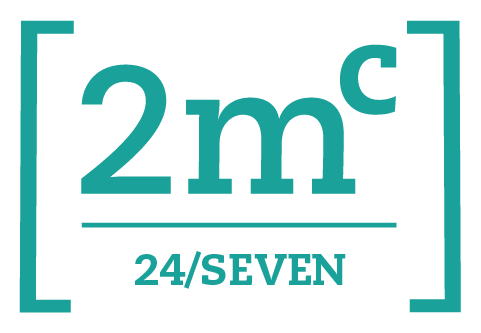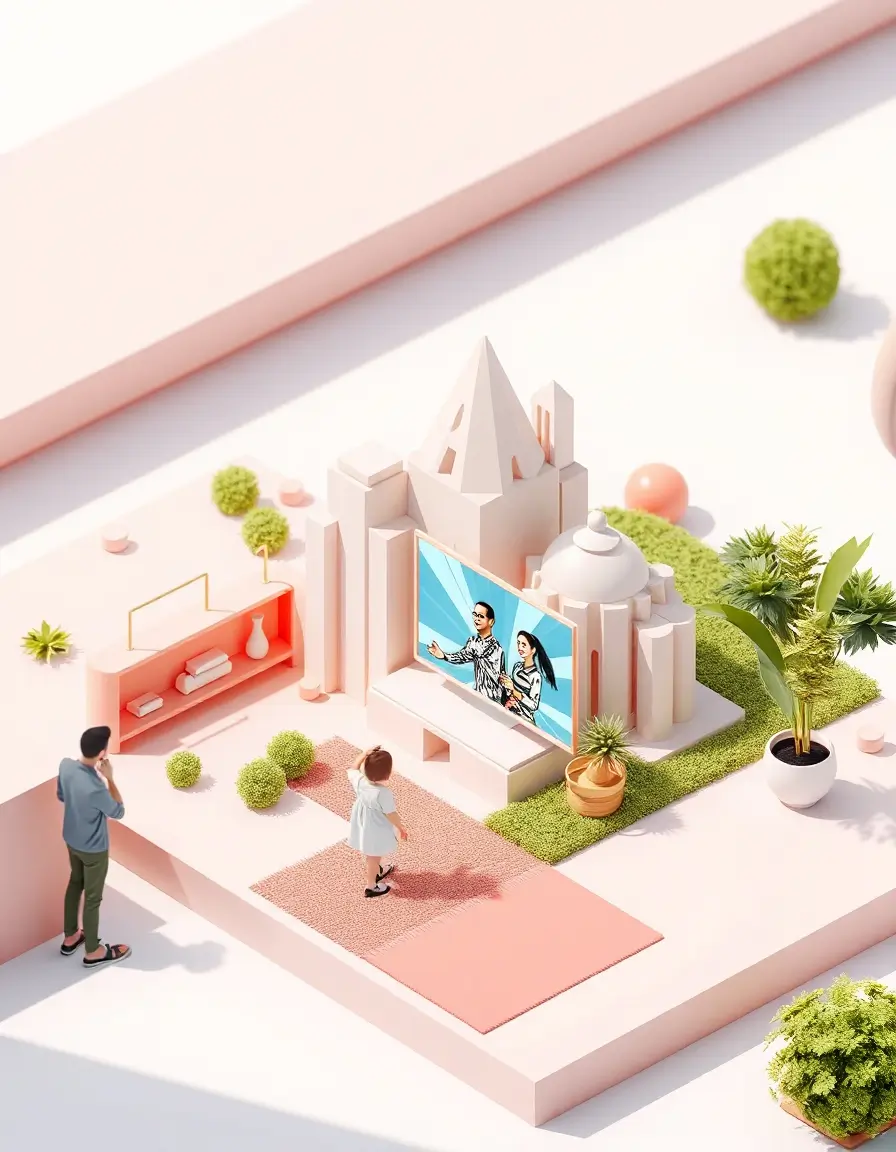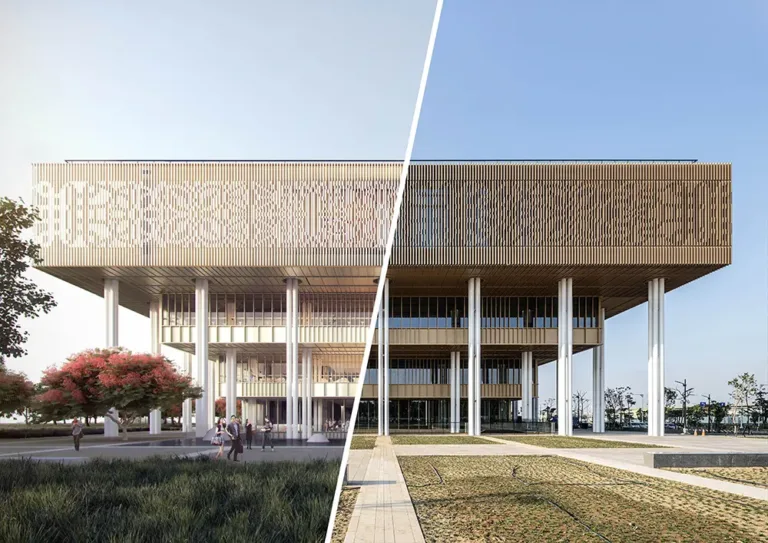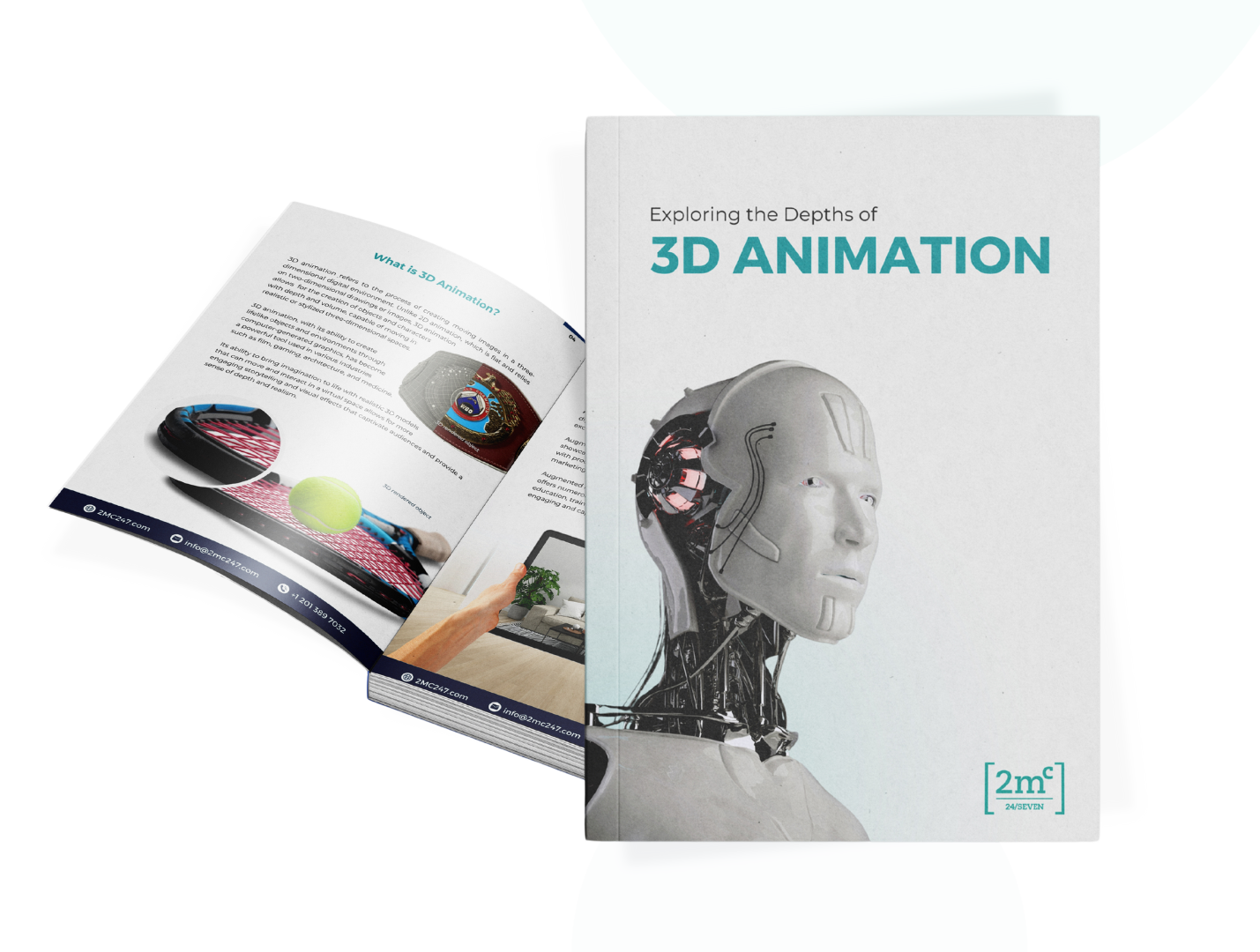In the world of industrial machinery, precision isn’t just a luxury—it’s a necessity. Every component, from gears to hydraulic systems, must be designed with absolute accuracy to ensure seamless functionality and efficiency. Traditional design methods, while effective, often struggle to keep pace with the rapid advancements in technology. Enter 3D visualization—a game-changer that is transforming how industrial machines are designed, developed, and optimized.

What is 3D Visualization in Machinery Development?
3D visualization is the process of creating highly detailed, computer-generated models of machines, engines, and industrial components. These models provide engineers, designers, and manufacturers with a realistic and interactive representation of machinery before it even reaches the prototype stage. Unlike traditional 2D blueprints, 3D visualizations allow for a clearer, more comprehensive understanding of design structures, material interactions, and mechanical movements.
Why Industrial Machinery Needs 3D Visualization
The demand for efficiency and accuracy in industrial machinery is at an all-time high. Here’s why 3D visualization is an essential tool in modern machinery development:
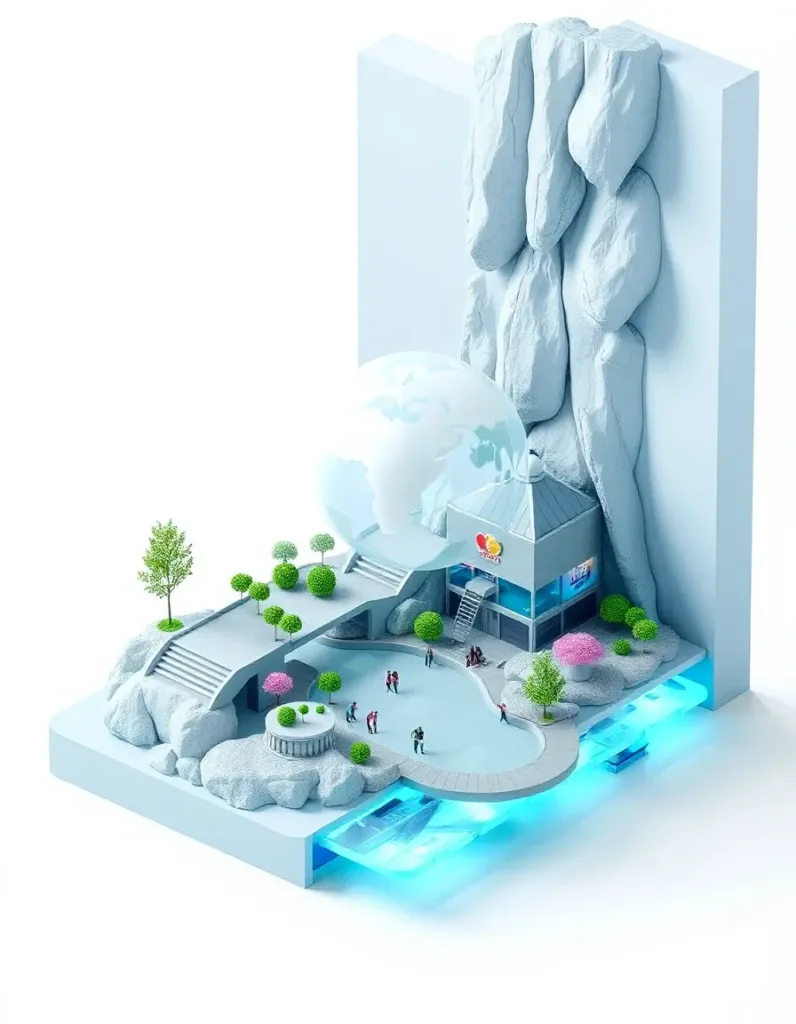
1. Enhancing Design Accuracy and Efficiency
Errors in machine design can be costly and time-consuming to fix. 3D visualization minimizes these risks by enabling engineers to spot design flaws early in the process. Through high-detail modeling, components can be analyzed down to the smallest detail, ensuring perfect fitment and functionality.
2. Faster Prototyping and Reduced Costs
Traditional prototyping requires physical models, which can be expensive and time-consuming to produce. 3D visualization eliminates the need for multiple physical prototypes, allowing engineers to refine their designs digitally before committing to production. This reduces material waste, lowers production costs, and speeds up time to market.
3. Improved Communication Between Teams
Industrial machinery development involves multiple stakeholders, from engineers to manufacturers to end-users. 3D models provide a universal language that everyone can understand. Rather than relying on complex technical drawings, teams can use 3D visualizations to clearly convey design concepts, making collaboration more effective and productive.
4. Better Simulation and Performance Analysis
How will a machine perform under real-world conditions? 3D visualization allows engineers to simulate movement, stress loads, and material interactions to identify potential weak points before production. This ensures machines are optimized for durability, efficiency, and performance, reducing the risk of failures and costly redesigns.
5. Streamlining Manufacturing and Assembly
Manufacturing large-scale industrial machinery requires precision at every stage. With 3D visualization, manufacturers can generate accurate instructions and assembly guides, reducing errors during production. Workers can interact with 3D models to understand how components fit together, leading to faster and more efficient assembly processes.

Real-World Applications of 3D Visualization in Machinery Development
From automotive engines to aerospace components, 3D visualization is used across industries to refine and perfect mechanical designs. Some key applications include:
- Automotive Engineering – Creating detailed 3D models of engines and transmissions for performance optimization.
- Aerospace Engineering – Simulating aerodynamics and mechanical stress in jet engines.
- Heavy Machinery – Developing construction equipment with improved durability and efficiency.
- Medical Equipment – Designing and refining precision robotic surgical tools and imaging devices.
The Future of 3D Visualization in Industrial Machinery
As technology advances, 3D visualization is evolving with AI-driven automation, virtual reality (VR), and augmented reality (AR). These innovations are enabling more interactive, immersive, and intelligent ways to design and test machines before production. Companies that invest in 3D visualization today are positioning themselves ahead of the competition by improving efficiency, reducing costs, and accelerating innovation.
Transform Your Machinery Development with 2MC 24/7
At 2MC 24/7, we specialize in delivering high-quality 3D visualization solutions for industrial machinery and engineering firms. Our expertise helps manufacturers, designers, and engineers bring their machine concepts to life with precision and efficiency.
